The following article was posted on the NYSUT website…
In Nevada, the teacher shortage is so acute the superintendent launched a “Calling All Heroes” recruitment campaign by dressing up as Clark Kent and zip-lining over a street in downtown Las Vegas. In California, lawmakers are considering giving teachers a series of tax breaks, including a state income tax exemption, if they remain in the profession more than
five years. In the Midwest, districts are putting up billboards in neighboring states and offering hiring bonuses to entice out-of-state teacher applicants.
Here in New York, the situation is not yet that dire, but the storm clouds are swirling.
As baby boomer teachers retire, and more and more teachers leave the profession for other reasons, enrollments in teacher education programs are plummeting.
What do you think? We want to hear from you: What are the best ways to bring in and support the next generation of teachers? Do you have existing programs in your districts or colleges to support teacher recruitment, preparation and retention? How can the union partner with you and your students to encourage them to go into the profession? What would you say to encourage future teachers? Go to www.nysut.org/futureteachers to submit comments, or post on our Facebook page — www.facebook.com/NYSUTUnited.
The ominous numbers, included in a new fact sheet prepared by NYSUT’s Research and Educational Services, are telling:
- More than 50,000 active State Teachers’ Retirement System members are older than 55, according to the 2016 NYSTRS annual report. Within the next five years, TRS projects more than one-third of the nearly 270,000 active members could be eligible to retire.
- The average age of teachers in the state is 48.
- Since 2009–10, enrollment in teacher education programs in New York has decreased by roughly 49 percent — from more than 79,000 students to about 40,000 students in 2014–15. Anecdotally, teacher education programs report those numbers have declined further in the last two years.
- An estimated 10 percent of New York teacher education graduates are leaving the state for employment elsewhere, with many blaming the state’s cumbersome certification system.
- Eleven percent of New York teachers leave their school or profession annually, according to a recent report by the Learning Policy Institute. Those numbers go up for early career teachers and those working in high-poverty areas. About 55 percent cited professional frustrations, including standardized testing, administrators or too little autonomy. About 18 percent cited financial reasons and job insecurity, according to LPI.
- The U.S. Department of Education estimates that 1.6 million new teachers will be needed nationally between 2012 and 2022; LPI estimates the nation will need about 300,000 new teachers per year by 2020.
- SUNY Chancellor Nancy Zimpher predicts New York will need more than 180,000 new teachers in the next decade. Aside from filling the thousands of vacant positions, many districts are looking to restore teacher positions and programs that were cut during the Great Recession. A New York State School Boards Association analysis found that the number of public school teachers decreased by nearly 11 percent from 2006–07 to 2014–15.
- At the same time, the federal government projects New York‘s student enrollment will grow by 2 percent by 2024, with high-need school districts experiencing the largest increases.
“When you look at all these numbers together, it’s really the perfect storm for an upcoming teacher shortage crisis,” said NYSUT Executive Vice President Jolene DiBrango, who oversees NYSUT’s Research and Educational Services Department. “We need to raise awareness on the issue — and work with higher ed and others to attract more students and adults to the profession.”
At a meeting this spring with NYSUT local leaders, State Education Commissioner MaryEllen Elia said finding ways to recruit and retain teachers must be front and center.
In many parts of the state, the shortage is already manifesting:
In November 2013, SED reported the following statewide teacher shortage areas between 2010 and 2014: bilingual education, chemistry, CTE, earth science, English language learners, Languages other than English, library and school media specialist, physics, special education, special education – bilingual, special education – science certification, and technology education. In New York City, SED identified shortage areas that include the arts, biology, chemistry, CTE, English, health education, library media specialist and mathematics.
SED’s “Teacher Supply and Demand Report,” has not been updated since 2013 . However, anecdotal evidence shows New York’s current teacher shortages are hitting urban and rural districts the hardest.
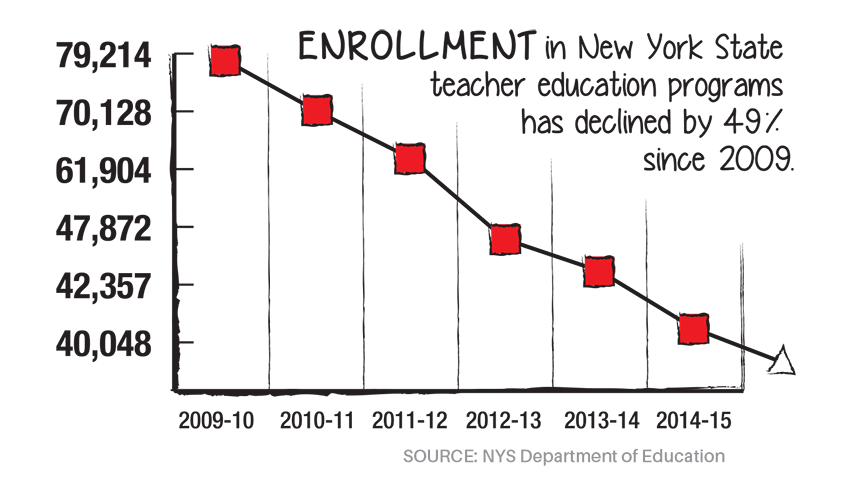
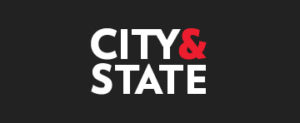
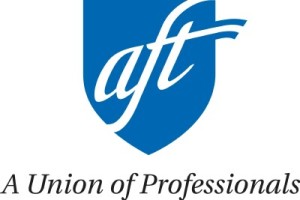
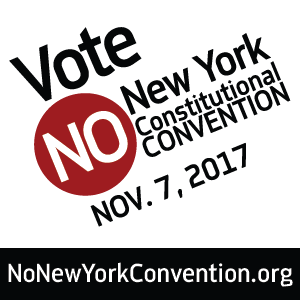
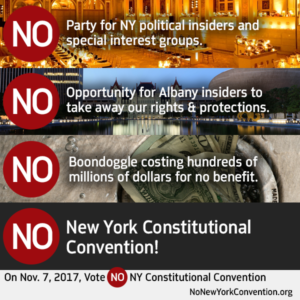
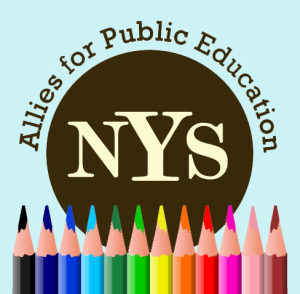

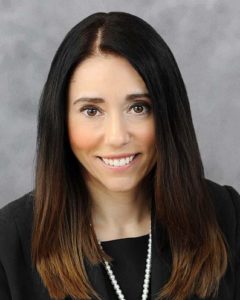

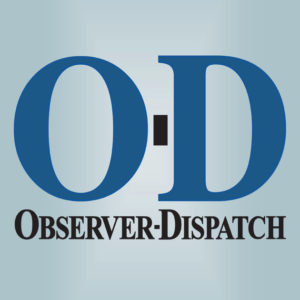
Comments are closed.